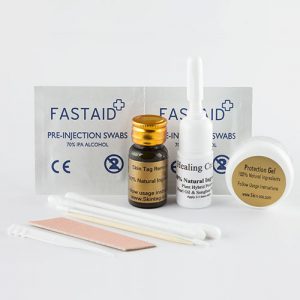Believe it or not, skin tags are one of the most common conditions of the skin. Acrochordon, the medical term for skin tags, is a benign condition. Most of the time, a skin tag is a tiny bit of skin raised off the surrounding skin. The appearance of skin tags includes their attachment to the skin although they only appear to be attached to the skin. Given the fact that skin tags are benign, it is not likely for one who has them to have a subsequent cancer.
So who tends to get skin tags? Since this is a very common condition, you may be wondering about who are the best candidates of experiencing the appearance of these small growths of excess skin. In essence, skin tags may be experienced by just about anybody. But then again, take note that there are more cases of skin tags involving middle-aged individuals and other adults. Skin tags appear to be more prevalent to women than men. They do not even exclude pregnant women. Not to mention, diabetic people may also experience the appearance of skin tags on many parts of the body.
The appearance of them may not be controlled by the affected individual. Skin tags may appear basically anywhere there is skin. But then again, there are certain areas where skin tags normally appear. The most common sites of skin tags are the armpit, eyelids, groin, neck, upper chest, anus, and even genital.
A skin tag is not simply tag of skin microscopically. Hyperplasia or an overgrowth can be seen on the epidermis or the outermost layer of the skin of the affected individual. Enclosed by the skin tag is an underlying layer of the skin known as the dermis. Skin tags are normal when there are collagen fibers that are atypical.
Usually, there are no problems entailed on having skin tags. Having these tiny skin growths does not involve any known symptoms, but there may be whenever irritation persists. A good way to treat this is by means of skin tag removal.

